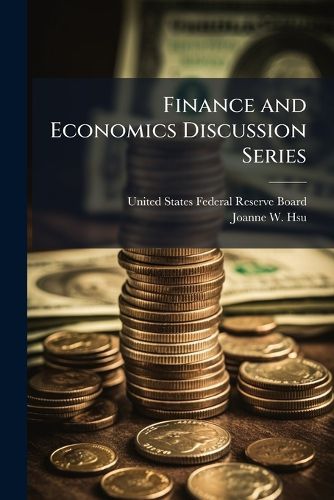Readings Newsletter
Become a Readings Member to make your shopping experience even easier.
Sign in or sign up for free!
You’re not far away from qualifying for FREE standard shipping within Australia
You’ve qualified for FREE standard shipping within Australia
The cart is loading…






American women tend to be less financially literate than men, which is consistent with a household division of labor in which men manage finances. However, women also tend to outlive their husbands, so they will eventually need to take over this task. Using a new survey of older couples, I find that women acquire financial literacy as they approach widowhood. At an estimated increase of 0.04 standard deviations per year approaching widowhood, 80 percent of women in the sample would catch up with their husbands prior to the expected onset of widowhood. These findings reflect actual increases by women and are not merely an artifact of cognitive decline among older men. The results are consistent with a model in which the household division of labor breaks down when a spouse dies: women have incentives both to delay acquiring financial knowledge and also to begin learning before widowhood. This paper represents the first empirical examination of the financial literacy of both members of couples and provides a life-cycle interpretation of the gender gap in financial literacy.
This work has been selected by scholars as being culturally important, and is part of the knowledge base of civilization as we know it. This work was reproduced from the original artifact, and remains as true to the original work as possible. Therefore, you will see the original copyright references, library stamps (as most of these works have been housed in our most important libraries around the world), and other notations in the work.
This work is in the public domain in the United States of America, and possibly other nations. Within the United States, you may freely copy and distribute this work, as no entity (individual or corporate) has a copyright on the body of the work.
As a reproduction of a historical artifact, this work may contain missing or blurred pages, poor pictures, errant marks, etc. Scholars believe, and we concur, that this work is important enough to be preserved, reproduced, and made generally available to the public. We appreciate your support of the preservation process, and thank you for being an important part of keeping this knowledge alive and relevant.
$9.00 standard shipping within Australia
FREE standard shipping within Australia for orders over $100.00
Express & International shipping calculated at checkout
American women tend to be less financially literate than men, which is consistent with a household division of labor in which men manage finances. However, women also tend to outlive their husbands, so they will eventually need to take over this task. Using a new survey of older couples, I find that women acquire financial literacy as they approach widowhood. At an estimated increase of 0.04 standard deviations per year approaching widowhood, 80 percent of women in the sample would catch up with their husbands prior to the expected onset of widowhood. These findings reflect actual increases by women and are not merely an artifact of cognitive decline among older men. The results are consistent with a model in which the household division of labor breaks down when a spouse dies: women have incentives both to delay acquiring financial knowledge and also to begin learning before widowhood. This paper represents the first empirical examination of the financial literacy of both members of couples and provides a life-cycle interpretation of the gender gap in financial literacy.
This work has been selected by scholars as being culturally important, and is part of the knowledge base of civilization as we know it. This work was reproduced from the original artifact, and remains as true to the original work as possible. Therefore, you will see the original copyright references, library stamps (as most of these works have been housed in our most important libraries around the world), and other notations in the work.
This work is in the public domain in the United States of America, and possibly other nations. Within the United States, you may freely copy and distribute this work, as no entity (individual or corporate) has a copyright on the body of the work.
As a reproduction of a historical artifact, this work may contain missing or blurred pages, poor pictures, errant marks, etc. Scholars believe, and we concur, that this work is important enough to be preserved, reproduced, and made generally available to the public. We appreciate your support of the preservation process, and thank you for being an important part of keeping this knowledge alive and relevant.